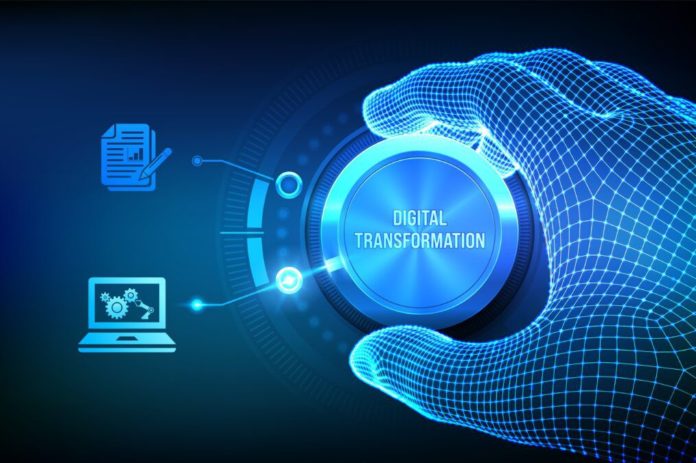
You’ve most likely heard these three terms many times in the past. Some people think that they all refer to the same thing – making a business fully digital. Is that true? No. Although these terms are similar, their meaning is, in fact, different. And in this blog post, you will discover the difference between these three terms.
The order in which these three terms are listed in the title is not random. We started with the simplest process and ended with the most complex one. So, let’s start from the beginning – what is digitisation?
Digitisation
Digitisation is a relatively simple process in which you digitise (create a digital version) of one specific element, typically a piece of information. Such a piece of information can be a document, a picture, or a book. One of the most common techniques of digitising documents is scanning.
You can put a physical copy of a document in the scanner and scan it into a PDF or JPG file. There you go; that’s digitisation – you now have a digital version of your document. Other digitisation techniques comprise rewriting, recording and taking pictures.
What is digitalisation, then?
Digitalisation
Digitalisation is the process of digitising one specific area of your work. Digitalisation uses digitisation to improve the way you work (increase efficiency or safety). Again, let’s use a simple example. You run an accounting office, and you decide to scan all of your clients’ documents and keep them all in the cloud (on a virtual drive). That’s digitalisation.
You’ve just digitalised a part of your work – storing documents. You can now easily access them (without the need to browse tens of binders), edit them if needed and even delete them when they are no longer necessary.
Lastly, we need to explain what a digital transformation is.
A digital transformation
The last term is the most comprehensive one. A digital transformation is a holistic process of digitising the entire organisation. In other words, it’s the digitalisation of the whole company. Companies that went through digital transformation can work 100% remotely from every place on earth because all of their assets, procedures and processes are tailored to the digital environment.
Companies that underwent a digital transformation extensively use cloud and SaaS tools to facilitate their work. They also eagerly work with external contractors and freelancers because there’s no need to sit in the office in digitally transformed companies.
Would you like to know what the benefits of a digital transformation are? Take a look at the full version of this blog post: What is the difference between digitisation, digitalisation and digital transformation?













